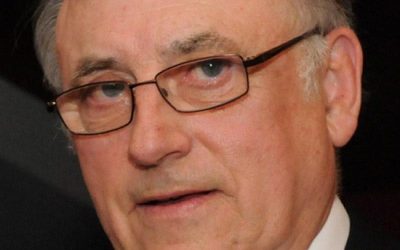On a past segment of the John Stossell Show, some invited guests were asked to discuss the issue of Native American poverty (or First Nations for Canadians). Manny Jules, former chief of Kamloops Indian Band in B.C. and Terry Anderson, executive director of the Property and Environment Research Center (PERC), debated how government dependency was central to the problem.
Here is the exchange.
What is very interesting (near the end of the segment) is a visual demonstration through Google Map of American Indian reservations. The map shows large tracts of land, but some are green and well-used, whereas large parts are drab and obviously under-utilized.
As Anderson points out, would it surprise people to know that the productive areas are lands held under fee simple ownership? This means land that is owned outright by the owner, meaning they can sell, transfer or lease the land to whomever and can bring the land to the bank.
The drab-looking lands are properties held in trust by either the tribe or the federal government.
Unlike Canadian reserves, American Indian lands are a mixture of fee simple, individual and state trust. This is due to an era in U.S. history when Congress tried to impose a top-down privatization of tribal lands.
Anderson, however, points out that you look at reservations now and individually-held private lots are 40-90 % more productive than trust lands.
Don’t believe him, look at the view from space..

